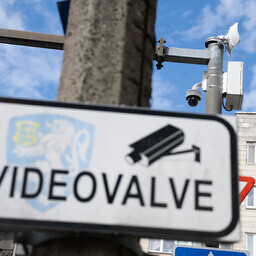Interior Minister Igor Taro signed a draft that amends the Police and Border Guard Act. The new paragraph grants the police the right to use license plate recognition cameras. The cameras help detect, prevent, and process crimes. They also help identify major emergencies, violations of public order, and wanted individuals or objects.
License plate recognition cameras record photos of vehicles, their trailers, license plates, and people near the vehicle. The cameras also record the time and location of the capture. Access to the database remains the same. Queries must be justified, and logs are stored for two years.
Unlike before, license plate recognition camera images are now stored for up to 45 days. Previously, images were stored for up to two months, but in practice, this was not done because storing images is costly. If the police need to retain the data after 45 days, it is possible.
The draft does not change the rules for camera placement or notification. The police do not have to publicly disclose where the cameras are located. The same applies to the surveillance of a person or vehicle. The police do not need to seek court permission for this. The police also do not have to notify individuals whose license plates have been queried.
Madis Timpson, head of the Riigikogu Legal Affairs Committee, said that until now, the police's use of cameras has been a major privacy violation. Now the situation needs to be resolved in a way that preserves privacy and allows the police to provide better security. «I want the use of cameras to be clearly regulated. I want to know how images are stored and for how long they are kept,» said Timpson.

